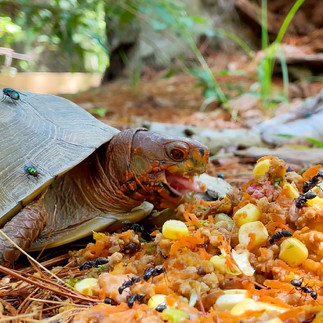
We have box turtles from all over the globe here at Garden State Tortoise. From North America, we have Eastern, Florida, Gulf Coast, Ornate, Dessert, and Three-toed box turtles. From Mexico, we have the Yucatan box turtle, and the endangered Coahuilan box turtle. From Asia, we have Chinese, Bourret's, and indochinese box turtles.
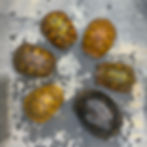
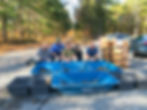
Most of the box turtles we house have come to us from confiscations, surrenders, and breeding loans. As far as numbers go, they make up about 200 animals total (not including the hatchlings every year). That's a lot of mouths to feed! Luckily, Chris creates beautiful, natural, thriving environments for them to help establish a natural food source and encourage foraging and instinctual behaviors.
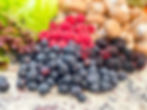
Box turtles are omnivores! They eat earth worms among many other invertebrates, wild strawberries and blueberries, mushrooms, frogs, flowers, fish, and occasionally greens. Here at GST, we try to mimic that variety as best we can by purchasing (by the hundreds) earthworms, a combination of Mazuri's croc diet, aquatic turtle diet, and omnivore diet. We also supplement their diet with a blast of nutrients with this turtle "mash", as Chris likes to call it. The beauty of this mash is that you can change it up slightly so that they don't get sick of eating the same thing, and add or subtract specific nutrients that you think they may need. It's also experimental in a sense that not all box turtles are the same, some may like it and some may not, so altering textures and ingredients can be helpful in finding what they prefer. Making this mash is helpful because it allows you to make a large amount all at once and feed a lot of mouths relatively quickly.
This mash is comprised of steamed sweet potato, cooked lean ground turkey, raw mushrooms, shredded carrot, raw corn, red leaf lettuce, raspberries, blueberries, and blackberries. Everything gets very finely chopped, and the turkey has to be drained and pressed.
Pressing the liquid out of the meat and allowing it to cool is crucial to the consistency of the mash. The same goes for the sweet potatoes. If they are not drained properly, then the mash will be too watery. The goal is to have everything as finely chopped and mixed as possible so that the animals cannot pick out the specific elements that they want, and that each bite gives them as much nutrients as possible.
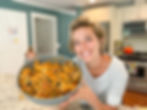
Once everything is chopped, cooled, and drained, it all goes in to the same bowl for mixing and mashing. Once I finish mixing everything really well, we head outside to see who's hungry and who likes my cooking! We feed this mash to all of our box turtles no matter the species or subspecies. It is pretty basic as far as nutritional value goes across the board. We also feed this out to the North American wood turtles, Sulawesi forrest turtles, and the redfoot tortoises being that they are all opportunistic omnivores.
Some other ingredients you can add or replace in this mash are:
-strawberries
-mulberries
-ground chicken
-venison
-squash
-peaches
-bananas (to entice picky eaters)
-dandelion
-bait fish
****Its a good idea to do your research before adding ingredients to make sure that they are not toxic or harmful. Always rinse all of your fresh fruit and vegetables before adding them to the mash.****
Check out our YouTube video on the Garden State Tortoise channel to see if the box turtles enjoyed there special meal here! We are always posting videos every week so that you can all join us in our animal adventures.
Thanks for reading! Until next time...
Casey





